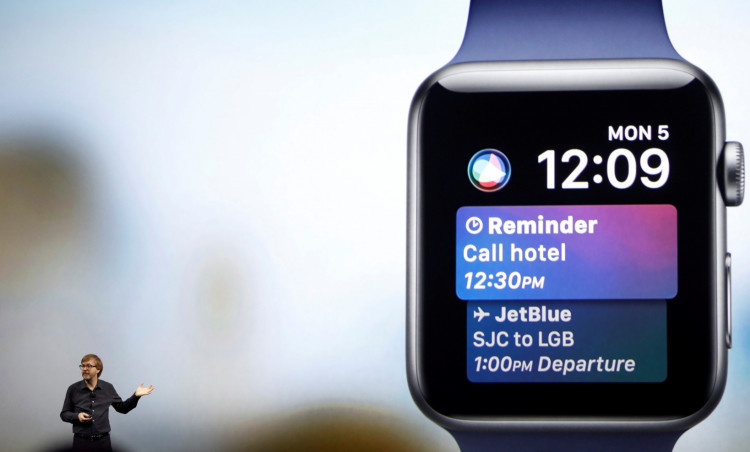Apple plans to use artificial intelligence to detect and monitor irregularities on iPhone and Apple watch users' blood sugar as well as to trace the early signs of body odor.
The "Systems and Methods for Environment Sensing," one of the two patent filings submitted by Apple on Thursday states that with the help of an artificial intelligence engineer together with sensors, iPhone and Apple watches will have the ability to trace irregularities on a user's body chemistry. This works by merely identifying any changes in the odor which can be associated with chemical changes that are taking place, some of which are blood sugar count variation and the presence of a body odor.
The technology works by converting ionic liquid sensors into extremely tiny particles that are able to go along the micro-electro-mechanical system (MEMS) on a chip system installed on iPhones and Apple watches. As air passes through it, the system then measures the number of chemicals present in the odor thereby tracing changes and irregularities as compared to its previously gathered chemical count.
With the use of the artificial intelligence that Apple highlighted on its patent filing, iPhones and Apple watches can function as a glucose monitoring device. By plainly detecting the smell of the users' sweat, their blood sugar levels can be determined without the need to undergo the usual blood sugar counting process.
iPhone and Apple watch users can also be spared from the awkward experience brought about by body odor by being able to trace the onset of foul scent beforehand. The artificial intelligence on Apple's patent filing can detect the early signs of bacteria present in the users' body with its smell sensitive functionality even before it turns into a foul odor.
The second of Apple's patent filings entitled "Compact Particulate Material Sensor," which was published by the US Patent and Trademark Office along with the first title also on Thursday specifies that the tech giant intends to use the artificial intelligence to make iPhones and Apple watches detect the presence of air pollution.
Apple plans to equip iPhones and Apple watches with a particulate matter sensing device with photodetectors acting as dust particle detectors. Using this technology, users will be able to trace the smallest amount of hazardous gas present in the environment.
As toxic gasses are invisible dangers present everywhere, detecting them even before the iPhone and Apple watch users smell, see or even taste them could spare health and even lives. Some hazardous gasses such as carbon monoxide can even cause death if not prevented from infiltrating human bodies.



